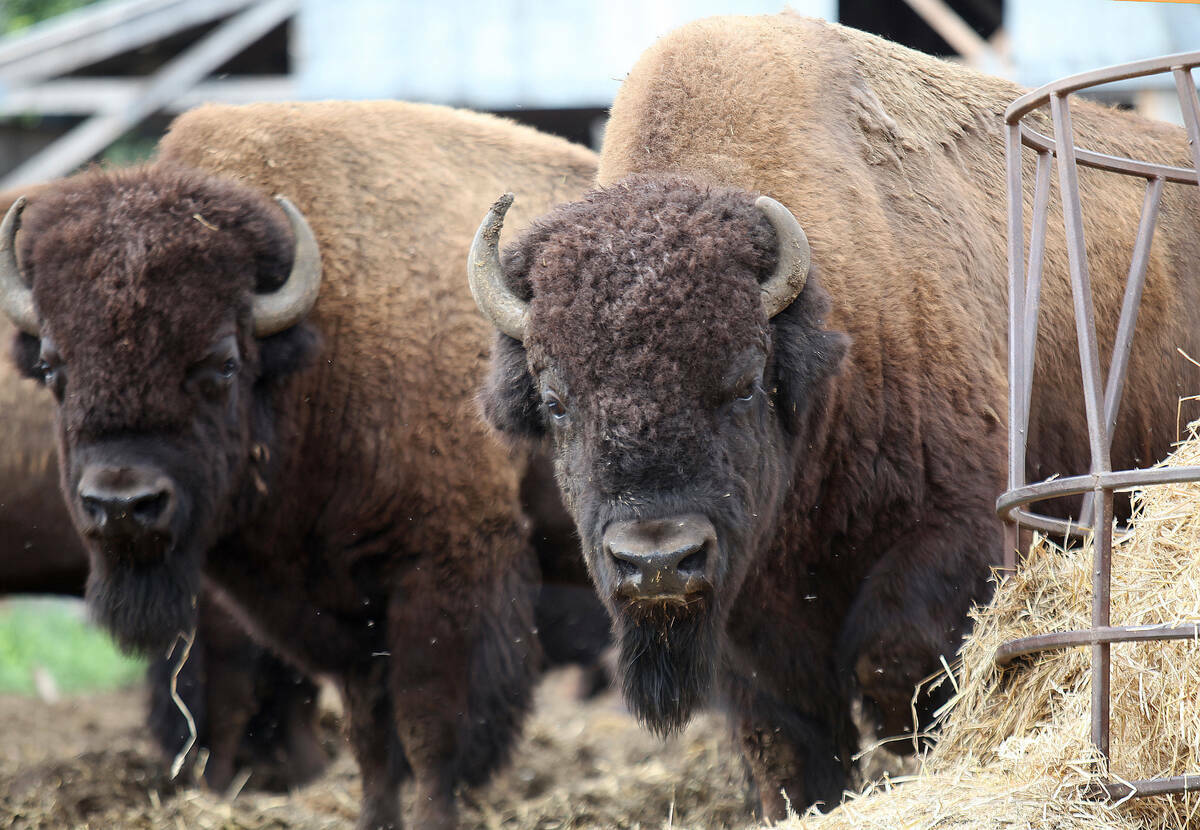Seeking to reduce its reliance on the sluggish U.S. market, Canada has formally joined 10 other nations in talks on creating an Asia Pacific free trade agreement, the federal government said Oct. 9.
The Trans-Pacific Partnership (TPP) negotiations are designed to produce a free trade zone with a combined population of 658 million people and a gross domestic product of $20.5 trillion, according to Canadian data.
“The region is a priority market for Canadian businesses, offering enormous opportunities to our exporters,” Heritage Minister James Moore said in a statement.
Read Also

Bison prices remain high, but supply shrinks
Bison numbers are down amid increasing demand and record high market prices.
Canada, which sends around 75 per cent of its exports to the U.S., is looking to switch its focus to fast-growing emerging markets such as China.
U.S. agricultural groups say the TPP talks must target opening up Canada’s dairy and poultry markets, which are protected by quotas and high tariffs.
Canada’s Conservative government, which regularly promises to protect those markets, also says all areas of trade will be on the table during the TPP negotiations.
This has prompted speculation Ottawa might relax its trade restrictions despite the political risk at home — although the federal government has pledged to protect supply management since it first announced its intent to join the TPP talks last November.
Other groups support
Commodity groups outside Canada’s supply-managed dairy, poultry and egg sectors, however, have already lined up to hail Canada’s entry to the TPP talks.
“We will be able to expand access for our canola, pulses, soybeans, malt barley and wheat, for both whole grains and value-added products,” Stephen Vandervalk, president of Grain Growers of Canada, said in a release.
“Demand for beef and pork in the Pacific Rim is on the rise in the past decade; this too will give our meat industry a needed boost that will also benefit Canadian grain farmers.”
“The TPP presents a unique opportunity for an ambitious regional trade deal that addresses market access and non-tariff issues for agri-food sectors around the Pacific Rim,” Kathleen Sullivan, executive director of the Canadian Agri-Food Trade Alliance, said in another statement.
“We encourage all TPP member countries to be ambitious and creative in negotiating a deal that liberalizes trade for agri-food products.”
The Canadian Pork Council also noted the potential benefits from future expansions of the TPP, which could allow Canada market access to “many other Pacific region nations which have not yet applied to join.”
Mexico also announced Oct. 9 it has formally joined the TPP negotiating process. The U.S., Australia, New Zealand, Chile, Peru, Singapore, Vietnam, Malaysia and Brunei have already been negotiating the TPP for more than 2-1/2 years.
A final deal is not expected until mid- to late 2013.














